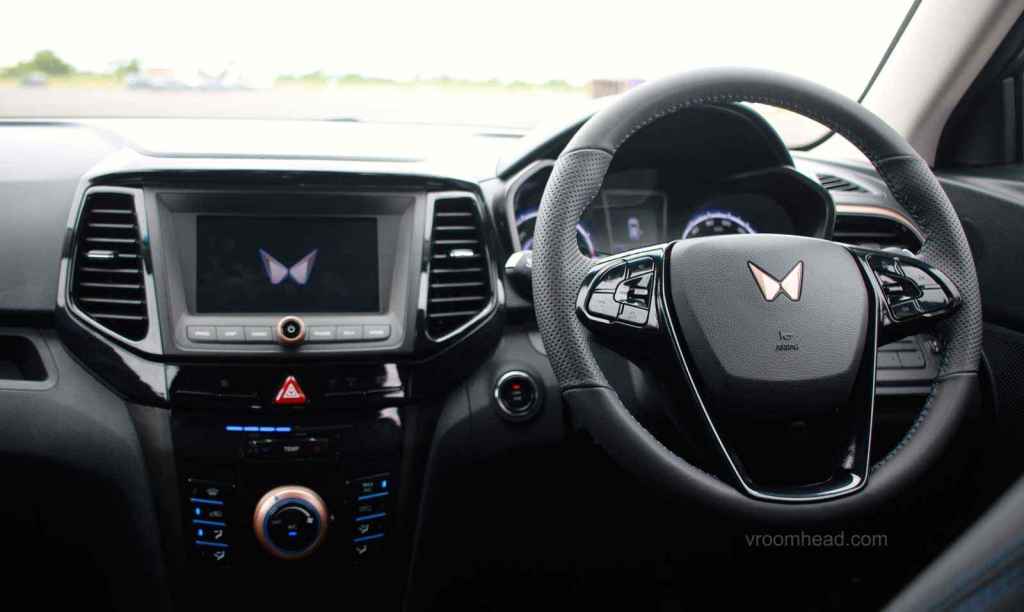Listing out a few things we did not like about the new Mahindra XUV 400…
When Mahindra showed off the XUV 400 electric SUV in September, we knew it was a sneak peek into their electric future. Of course, the 400 is based on the existing XUV 300- quite frankly a dated car. But in its powertrain and performance, the electric SUV has so much to offer, making it the fastest Indian SUV yet. We had talked about these in detail in our first-drive review from MSPT. However, there are a few things we don’t like about the XUV 400, or rather, a few key misses of the prototypes we drove. This article will talk in detail about the same.
Mahindra XUV 400 Downsides
Dated Design And Interiors
Mahindra XUV 400 is based on the sub-four meter XUV 300. Most of the core design remains unchanged. However, unlike the ICE SUV, the EV spans 4200 mm in length, translating to significantly better boot capacity. While this could mean better useability in general, the familiar lines, panels and surfaces elsewhere on the exterior prevent the EV from looking fresh. The tweaked grille design, Copper touches and other minor bits don’t really render it an ‘up-to-date’ look! The cabin design is almost identical to that of the 300, and hence, feels evidently dated! Much like the ICE car, plastics at certain places feel rough and hardly do justice to the EV’s overall nature. The new all-Black colour scheme, however, is reassuring.

Feature Omissions-Manual AC and No rear vents
Even while being an electric SUV and further a proposed Tata Nexon EV rival, the XUV 400 misses out on a number of desirable features. Things like wireless chargers, C-type USB ports, powered front seats, heated outside mirrors, electric parking brake, rear AC vents, and seat ventilation do not make their presence on the EV. Most of these are quite important for a vehicle of this class.
Powertrain Limitations: Dated battery technology!
Mahindra claims an MIDC range of 456 km for the electric XUV 400. This sounds fairly convincing for the large 39.4 kWh battery- 150 hp motor setup. However, a concern here could be the cell typology and battery tech used. XUV 400 gets its NMC battery pack from LG Chem, Korea and battery management tech from Valeo. The NMC532 battery is quite a cost-effective option for delivering optimum performance and fast charging. However, this uses older chemistry than most modern-day batteries, and is, therefore, less efficient. We will have to wait and see how this could possibly affect the range claims and ownership experience.
ALSO READ: Mahindra XUV 400 Colours Detailed: [Know Our Choice]


